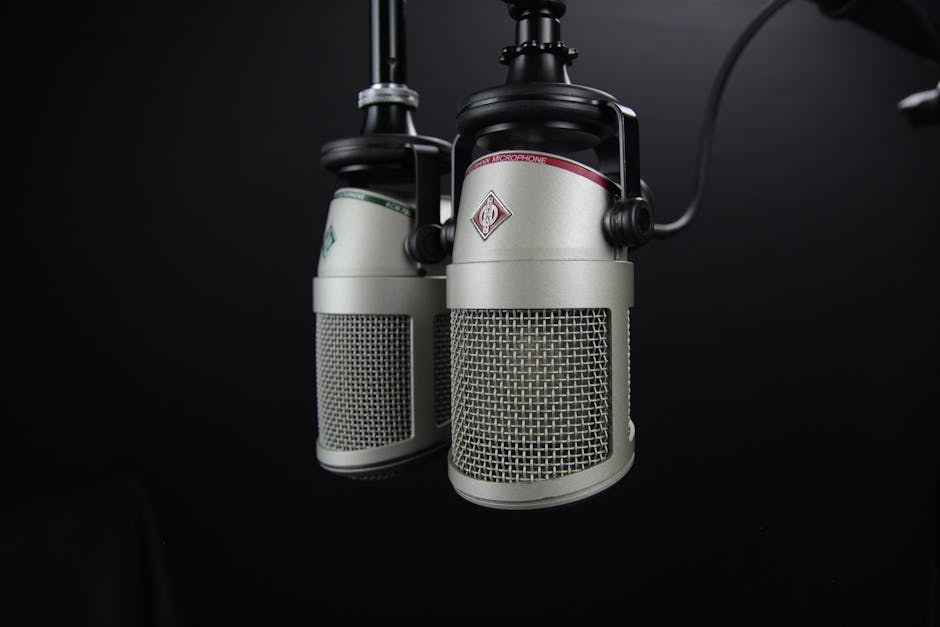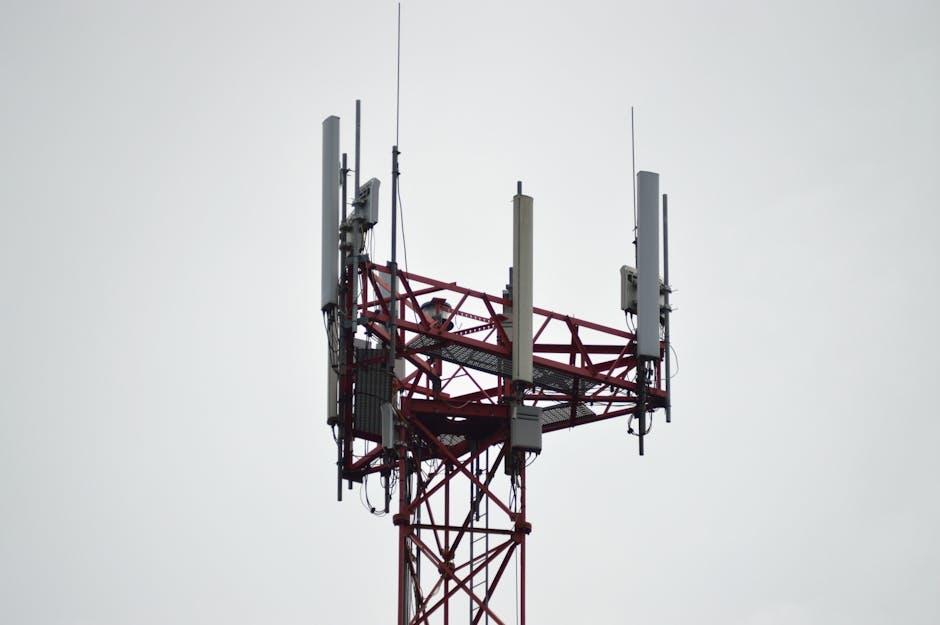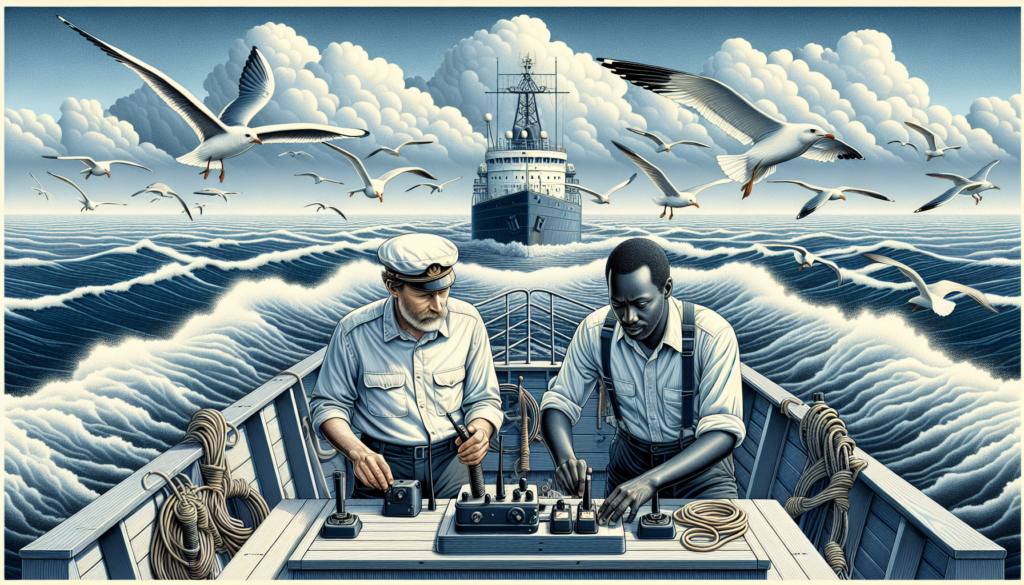Exploring the Depths: A Comprehensive Guide to Marine Radio Communication
Welcome aboard as we dive into the fascinating world of marine radio communication. From the early days of Morse code to modern satellite technology, communication at sea has come a long way. In this article, we will explore the intricacies of marine radio communication, its evolution over time, current applications, and future trends. So, buckle up your life jacket and get ready to navigate through the waves of information!
The Evolution of Marine Radio Communication
Marine radio communication has a rich history that dates back to the late 19th century. The invention of the telegraph and the subsequent development of Morse code revolutionized communication at sea. Ships could now send messages over long distances, improving safety and coordination on the open waters.
Over time, radio technology advanced, and the use of radio waves for communication became widespread. In the early 20th century, the International Convention for the Safety of Life at Sea (SOLAS) mandated the use of radio communication on ships, further enhancing maritime safety.
Today, marine radio communication encompasses a wide range of technologies, including VHF radios, HF radios, satellite communication, and AIS (Automatic Identification System). These technologies play a crucial role in ensuring safe and efficient communication between ships, ports, and maritime authorities.
Key Technologies in Marine Radio Communication
One of the primary technologies used in marine radio communication is VHF (Very High Frequency) radio. VHF radios operate in the frequency range of 156 to 174 MHz and are commonly used for short-range communication between ships and shore stations. VHF radios are essential for ship-to-ship communication, distress calls, and coordination with port authorities.
Another important technology is HF (High Frequency) radio, which operates in the frequency range of 3 to 30 MHz. HF radios have a longer range than VHF radios and are used for long-distance communication. HF radios are vital for communicating with ships that are far from shore or in remote areas where other communication methods may not be available.
Satellite communication is also crucial for marine radio communication. Satellites allow ships to communicate over long distances, even in areas where traditional radio signals may not reach. Satellite communication is used for sending emails, weather reports, navigation updates, and emergency signals. Satellite phones and satellite internet services have become increasingly popular among sailors and maritime professionals.
Applications of Marine Radio Communication
Marine radio communication is used for a wide range of applications in the maritime industry. One of the most important uses is for safety and emergency communication. In case of distress, ships can send out a distress call using radio communication to alert nearby vessels and authorities. This quick and efficient communication can save lives and prevent disasters at sea.
Communication with port authorities is another critical application of marine radio communication. Ships need to coordinate with port authorities for docking, loading and unloading cargo, and obtaining clearance to enter or leave a port. Radio communication ensures smooth and efficient operation of ports and helps prevent accidents and delays.
Weather updates and navigation information are also transmitted through marine radio communication. Ships rely on radio signals to receive weather reports, navigational warnings, and updates on marine traffic. This information is essential for planning safe routes and avoiding hazards at sea.
The Future of Marine Radio Communication
Looking ahead, the future of marine radio communication is filled with exciting possibilities. Advances in technology, such as AI (Artificial Intelligence) and IoT (Internet of Things), are transforming the way ships communicate at sea. AI-powered systems can analyze data in real-time and provide insights to improve efficiency and safety on board ships.
Furthermore, the integration of IoT devices on ships is enabling seamless communication between different systems and sensors. IoT technology allows ships to collect and transmit data on fuel consumption, engine performance, and environmental conditions, helping optimize operations and reduce costs.
Satellite technology is also evolving, with the launch of new satellites that offer faster and more reliable communication services. High-speed satellite internet is becoming increasingly available on ships, allowing crew members to stay connected with their families and access online resources while at sea.
Expert Opinions
According to maritime communication experts, the future of marine radio communication lies in the integration of multiple technologies to create a seamless and interconnected communication network. By combining VHF radios, HF radios, satellite communication, and IoT devices, ships can enhance their communication capabilities and improve safety and efficiency at sea.
Experts also emphasize the importance of investing in training and education for maritime professionals to ensure they have the skills and knowledge to use new communication technologies effectively. Continuous learning and professional development are essential to keep up with the rapid pace of technological advancement in the maritime industry.
Conclusion
To wrap things up, marine radio communication plays a vital role in ensuring safety, efficiency, and connectivity at sea. From the early days of Morse code to the latest satellite technologies, communication at sea has come a long way. By embracing new technologies and staying informed about the latest developments in marine radio communication, sailors and maritime professionals can navigate the waters with confidence and peace of mind.
Long story short, marine radio communication is a cornerstone of the maritime industry, enabling ships to stay connected with the shore, communicate with other vessels, and receive essential information for safe navigation. As technology continues to evolve, the future of marine radio communication looks brighter than ever, promising improved safety, efficiency, and connectivity for ships at sea.
References:
- International Telecommunication Union (ITU) – Maritime Communications
- International Maritime Organization (IMO) – Global Maritime Distress and Safety System (GMDSS)
- Maritime and Coastguard Agency (MCA) – Marine Radio Communications
- National Oceanic and Atmospheric Administration (NOAA) – Marine Weather Information






